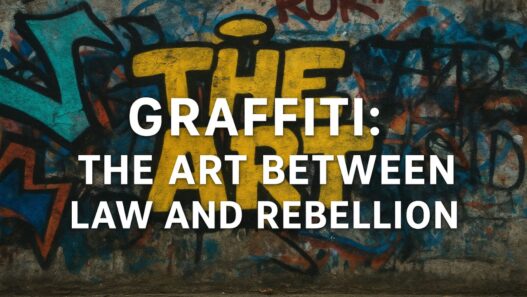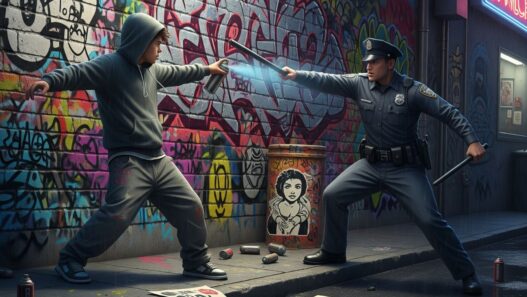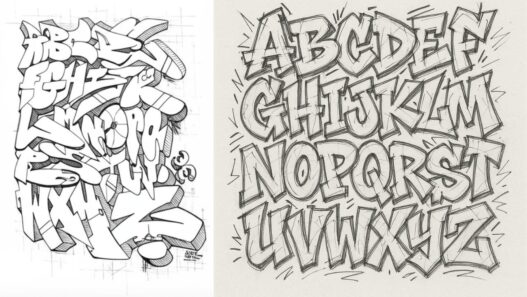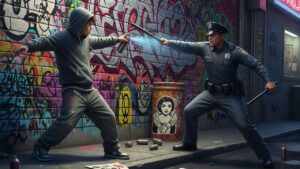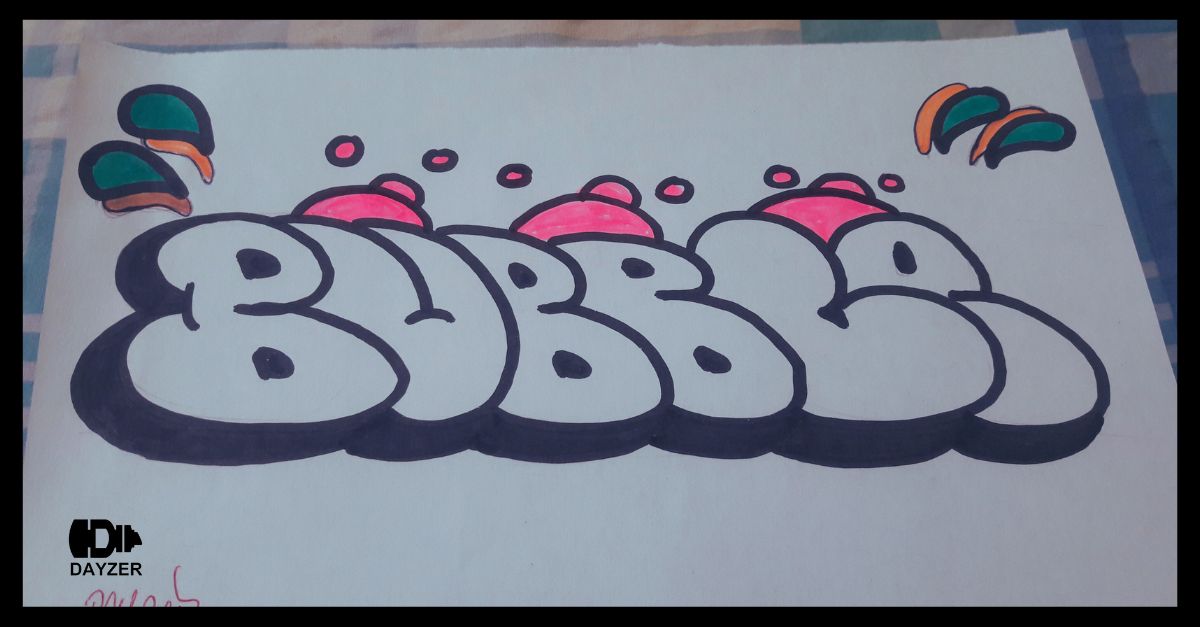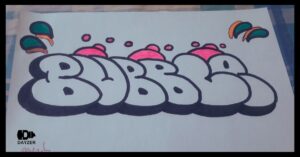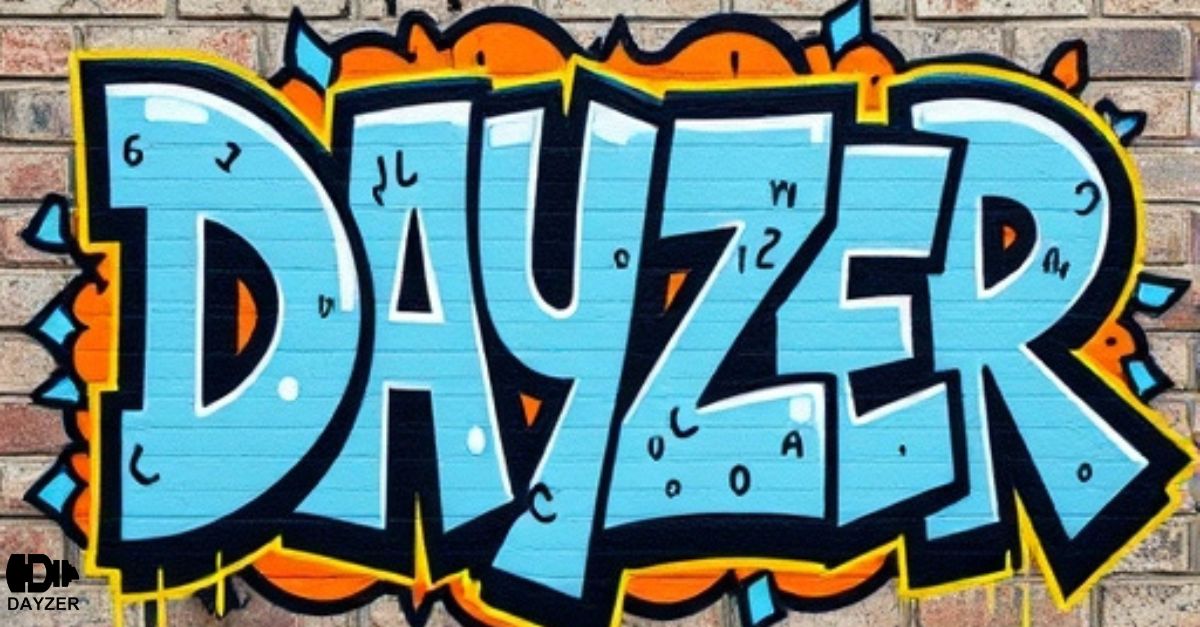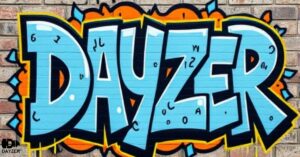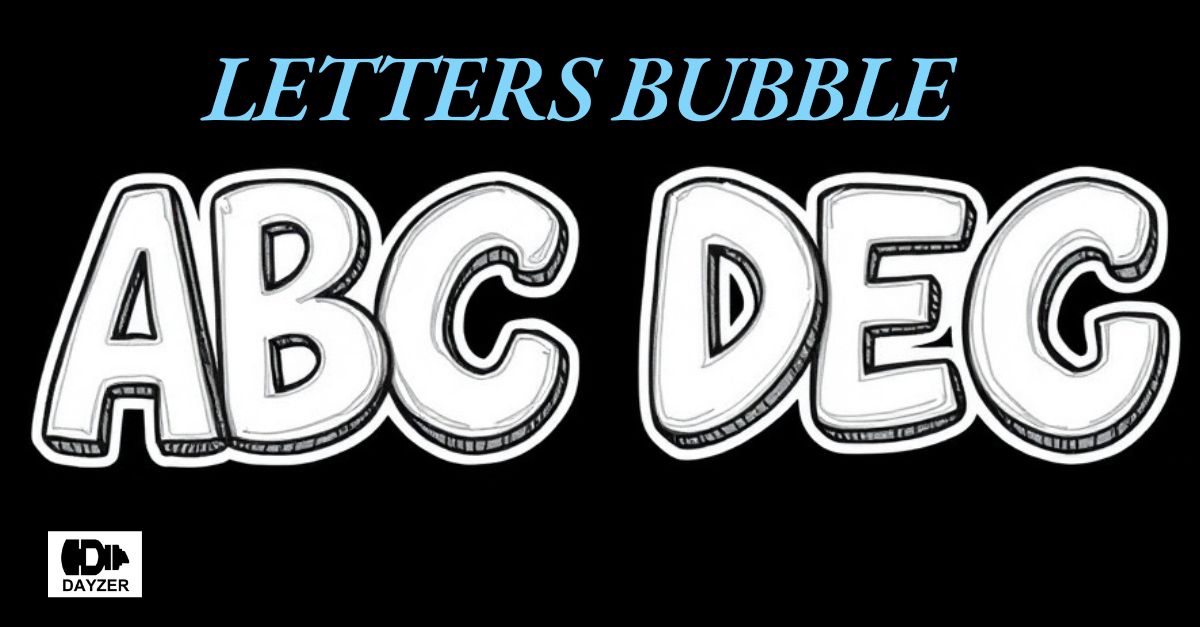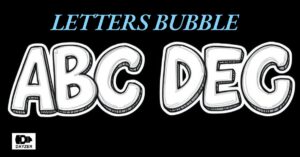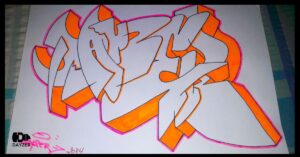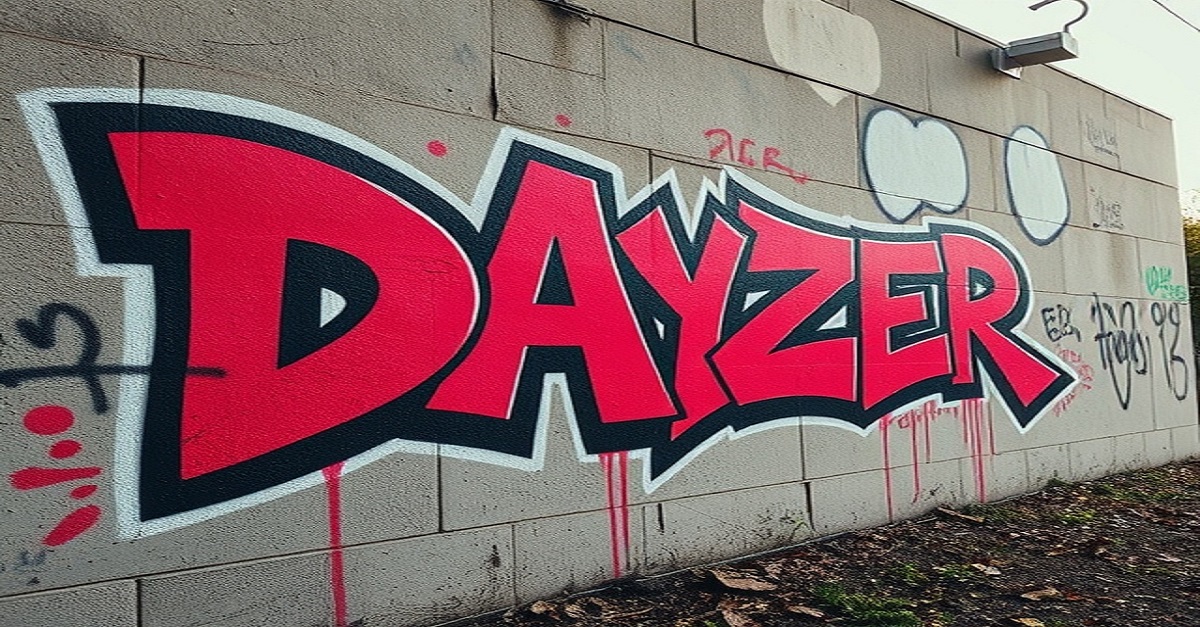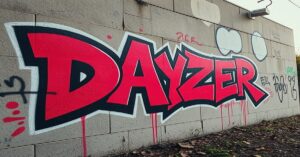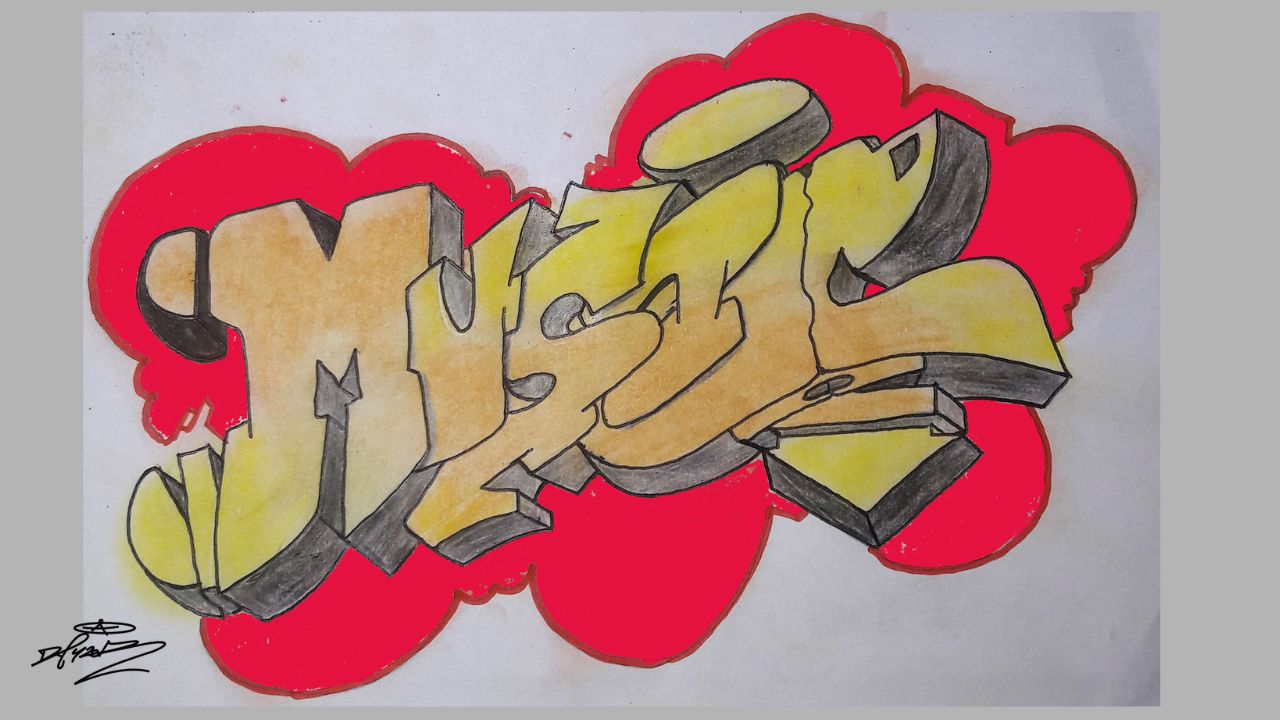
Graffiti art is more than just colorful paint on walls—it’s a vibrant form of self-expression that combines art, culture, and creativity. For beginners, learning how to draw graffiti can be both exciting and challenging. If you’ve ever admired street art and wanted to create your own graffiti designs, this guide is here to help.
In this article, we’ll cover everything you need to know about graffiti art drawing for beginners—from tools and techniques to tips for improving your skills.
Advertisement
What is Graffiti Art?
Graffiti art is an urban art form often painted on walls, trains, or public spaces. It typically features bold lettering, vibrant colors, and unique styles. While graffiti has roots in street culture, it’s also recognized as a legitimate art movement worldwide, inspiring many artists to bring their designs to paper, canvas, and digital platforms.
Why Learn Graffiti Art Drawing?
Learning graffiti art has many benefits for beginners:
- Boosts Creativity – Experiment with different shapes, colors, and lettering.
- Expresses Personal Style – Graffiti lets you create art that reflects your personality.
- Improves Drawing Skills – Practice makes your hand-eye coordination stronger.
- Fun & Relaxing – Drawing graffiti is a rewarding, stress-relieving hobby.
Tools You Need to Start Graffiti Drawing
Before you begin, prepare the right materials:
- Sketchbook or Drawing Paper – Great for practice before painting on walls.
- Pencils – For sketching outlines and experimenting with ideas.
- Markers & Pens – Use bold colors for filling and outlining.
- Eraser – Perfect for adjusting shapes and lines.
- Color Pencils or Spray Paint (optional) – For adding depth and vibrancy.
Pro Tip: Beginners should start with paper sketches before moving on to spray painting.
Advertisement
Step-by-Step Guide to Drawing Graffiti for Beginners
1. Choose Your Word or Name
Start with your name, nickname, or a short word. Keep it short so you can focus on style, not just length.
2. Sketch the Basic Letter Shapes
Use block or bubble letters as a foundation. Keep lines light so you can easily erase and adjust.
3. Add Style to Your Letters
Experiment with angles, curves, shadows, drips, and other creative touches.
4. Outline the Design
Use a black marker or pen to outline your sketch and make the letters stand out.
5. Add Colors
Fill your graffiti with vibrant colors. You can use contrasting shades to make each letter pop.
6. Add Shadows & Highlights
Give your design a 3D effect with shadows and a more realistic touch with highlights.
7. Final Touches
Add backgrounds, borders, or extra details like arrows, stars, or splashes for a complete look.
Tips for Improving Your Graffiti Art Skills
- Study Other Artists – Look at famous graffiti art for inspiration.
- Practice Daily – Even 15 minutes a day can help you progress quickly.
- Experiment with Styles – Try wildstyle, bubble letters, 3D graffiti, or abstract designs.
- Join Art Communities – Share your work online and get feedback.
Common Mistakes Beginners Should Avoid
- Using too many colors at once.
- Ignoring letter structure.
- Skipping the sketching stage.
- Not practicing on paper before using paint.
Conclusion
Graffiti art drawing for beginners is all about exploring creativity and discovering your personal style. Whether you’re sketching in a notebook or dreaming of painting a mural, mastering the basics will set you up for stunning designs. Remember—start simple, practice often, and let your imagination flow.
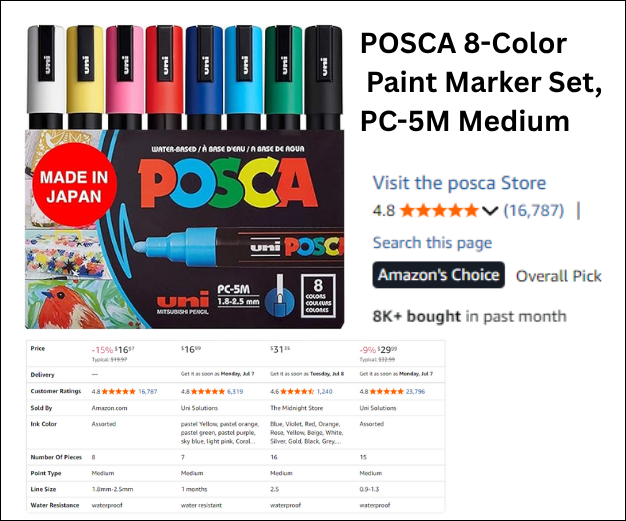
share botton:


